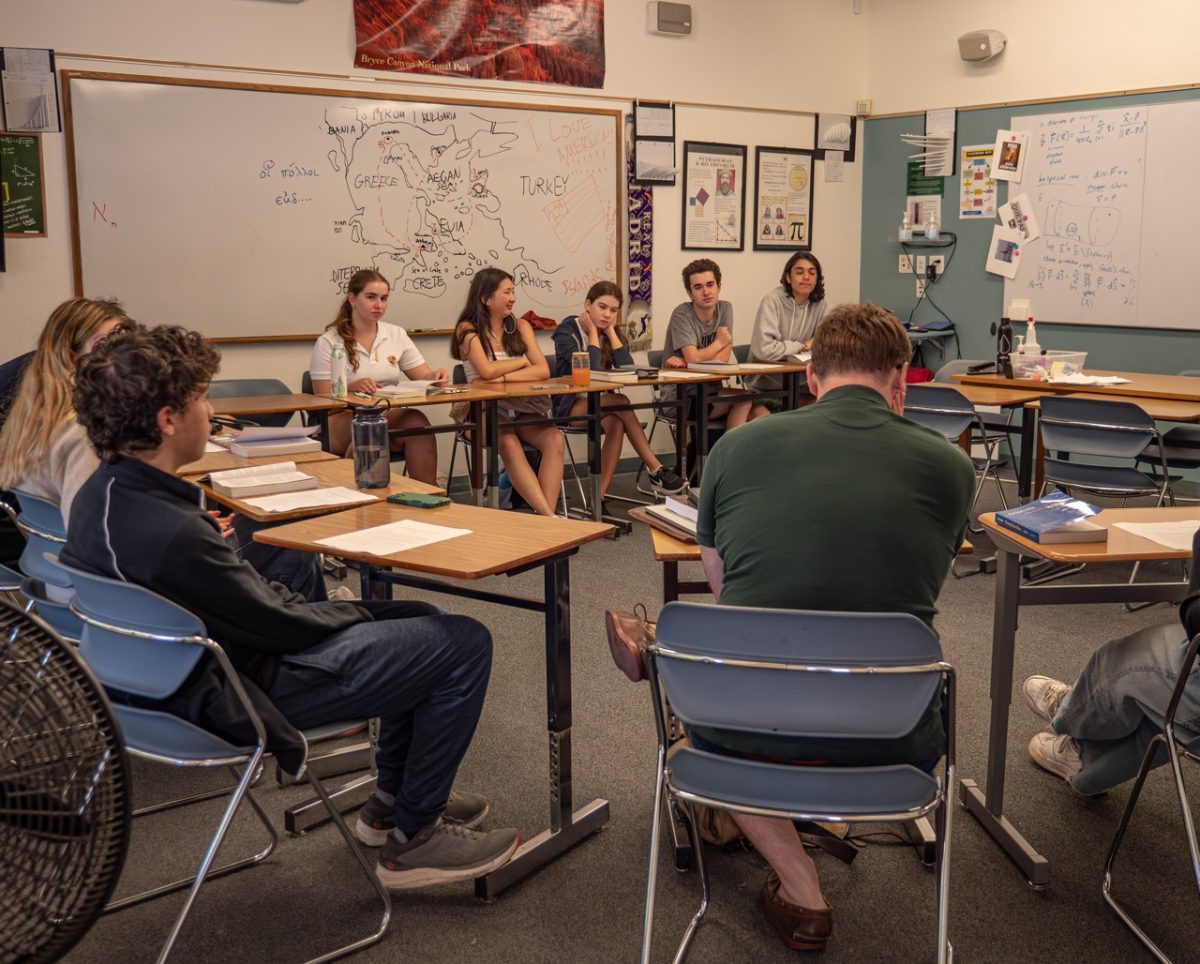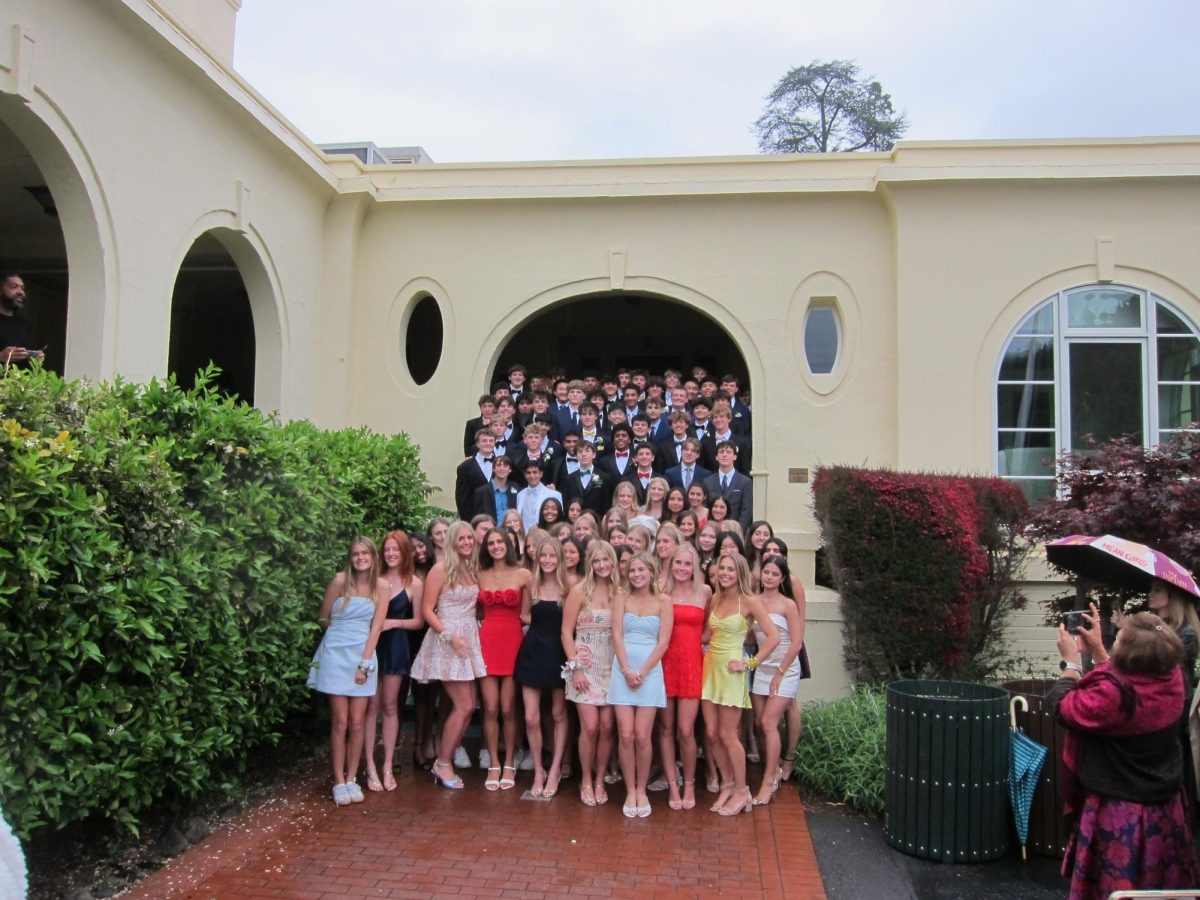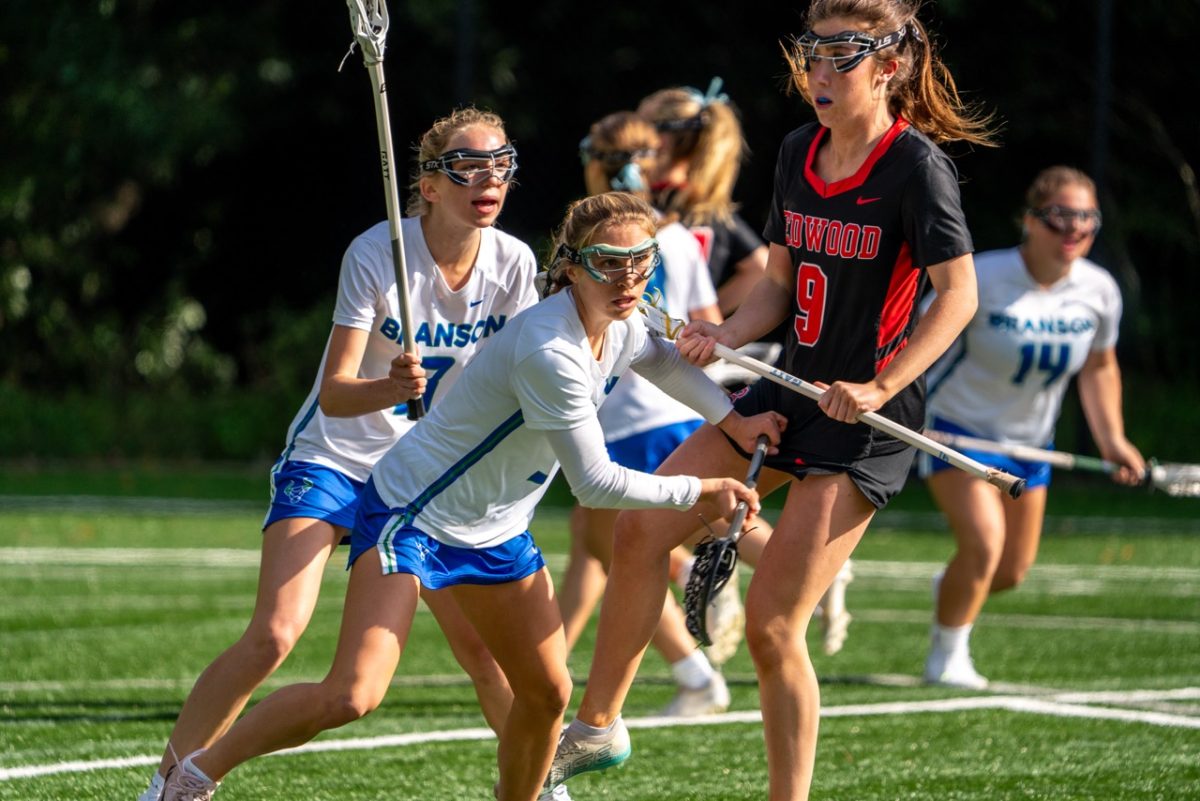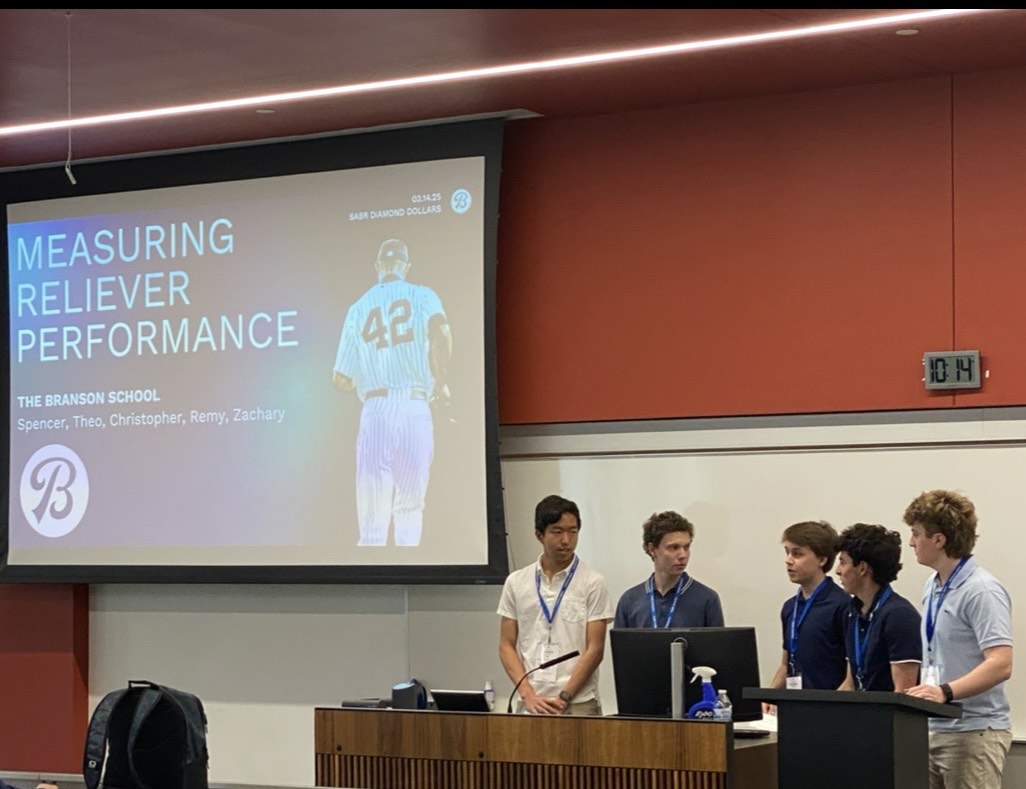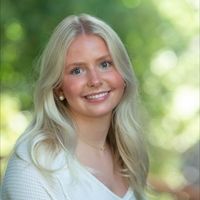When the student body first heard about the clean break from the AP curriculum, every qualm circulating around campus centered on a perceived disadvantage in college admissions. In response, Jeff Symonds, director of studies, held a meeting with current 10th- and 11th-graders, who would be affected by the shift in the following school year, to talk through the school’s reasoning.
In the meeting, Symonds said that the school would never do anything that would make it harder for students to get into college. He went on to thoroughly explain why Branson made the decision, and in the end the attitude of the students shuffling from the theater after the meeting was drastically different from that of when they walked in.
In a closing remark, which was met with cheering from the students, Symonds said, “What matters is what you do next block, and tomorrow.” After the meeting, Symonds said, “I was so impressed with everybody in that meeting. I thought that meeting with students was one of the high points of the year.”
In addition to college admissions, families may be worried about losing the opportunity to earn college credit through AP tests, which can help reduce tuition, potentially shorten time spent in college and more quickly allow advanced study in college.
Symonds said that “the opportunity to bank those credits for college are still there.” A student would just have to identify the topics not covered in their class (available on the AP website) and study those on their own or with the help of their teacher before taking the exam.
Branson’s transition away from AP classes started about 10 years ago with the history department, which felt confined and frustrated by the AP curriculum, which Symonds said is “very dates and names and surface-level content-driven.” It was also difficult to cram the AP curriculum into Branson’s 180-day schedule, as it was designed for 184.
Symonds spoke to faculty frustration, saying, “We want to be nimble. We want to teach what the kids want to learn and respond to the students in the room,” a practice which was limited by the AP curriculum.
“The AP curriculum is available online for free,” he said. “What’s special is what we build together, students and teachers in a room generating meaning. The reason to come to a small school like this is to have the adults who work here show you their passions, to teach you the stuff that they are most excited about.”
He added, “It was not a top-down directive. We had been talking for years as a campus.” And their discussions culminated in a complete transition towards a fully independent curriculum beginning next year.
In terms of the process of getting approval for this shift, Symonds said the proposal went first through the board, who unanimously supported it, then the parents association, who also welcomed the idea.
“What I love about this community is that it’s a really smart, well-informed community, and they are paying attention,” Symonds said. “People really listened and really thought about it, and could see that this is a good move.” In the end, he felt “humbled” seeing how much “people have trust in the institution.”
Symonds and other Branson faculty are excited for the curriculum shift and what it will allow them to teach.
Symonds remarked, “I’m excited for the innovation. Now that we’re free from that restraint, we can teach anything. I’m so excited to see what my colleagues come up with, and what students ask us to come up with”
He believes that, far from disadvantaging students, the change will better prepare them for college.
“It prepares you for college in the sense that you can see big pictures and see connections and think analytically and quantitatively,” he said. “It’s going to present our students with a tremendous academic advantage the minute they set foot on a college campus. They will be thinkers in a way it will take their peers three to four years to catch up to, and I’m really excited about that.”

